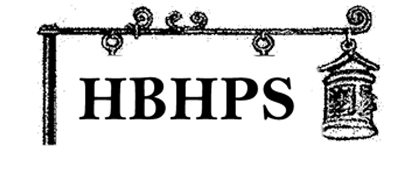In the last few days we’ve seen a few references to people asking about seeing lots of fish close to shore. It seemed the proper time to share this historical nugget from local Historian Gary Cobb. Thanks Gary!
A little history for y’all that live on the other side of the ditch re: the once-upon-a-time importance of those stinky fish to the east end economy. This is an excerpt from “The Growth and Decline of the Long Island Rail Road Freight Traffic In Suffolk County
LONG ISLAND SUNRISE TRAIL by Michael Bartley”
By the 1850’s the whale population was diminishing due to over killing of the whales and caused a demand for an alternative fuel. The discovery of Menhaden (Fish Bunker) as a replacement of whale oil sparked a boom in the Menhaden fishing and processing on Long Island, as well the east Coast from Maine to North Carolina. There were more than 25 factories around Peconic Bay alone. In 1881 the estimate of menhaden fish caught was 400,000 with a value of $975,000.
Over a period of time with a large number of complaints about the fish smell New York State passed a Health Law that forced the closing of these plants and relocated some plants to different areas. One area of Long Island in 1873 that was unfit for farming due to sandy soil was Napeaque (Promised Land) between Montauk and Amagansett which was uninhabited and also had deep water so that a port could be built.
Bunker oil was promoted as coal miner’s lamp fuel, a lubricant for machinery, an additive to paint, cosmetics, linoleum, margine, soap, and insectides, and what was left over after the oil was cooked out of the fish could be used for animal feed.
[3] By 1881 there were more than 350 ships supplying menhaden to 97 fish factories in the East End that employed more than 2,800 people. In 1898 a British and American consortium decided to invest in the bunker fishing trade. They formed a company named American Fisheries Company and bought most of the fish factories from Maine to the East End of Long Island, creating a monopoly in the industry. At Promised Land they bought all 7 fish factories that were there. The LIRR built a large freight yard and a freight station in Promised Land for the American Fisheries Company. A fire the next year destroyed the freight station along with some freight cars.
Due to overfishing of bunkers, the American Fisheries Company reorganized in 1900. Another fire at one of the Promised Land factories in 1907 caused the American Fisheries Company to go bankrupt. The plant closed down in 1926. The Hayes and Anderson Fishers Product plant was destroyed by fire in 1930 leaving only one remaining factory in Promised Land- the Triton Oil and Fertilizer Company which was purchased by Gilbert P. Smith. He owned a number of processing plants along the East Coast. Mr. Smith upgraded and modernized the fish meal factory. He owned a fleet of 17 fishing boats that was based in Greenport to fish for the Bunkers along the East Coast from Massachusetts to North Carolina. After World War Two he also used four Piper Cub aircraft that flew out of the Hamptons to aid in searching for Bunkers and radio to the ship the location of the schools that were seen. [4] The boats would be out for a week trapping fish in their nets during the fishing season between April and October when the fish meal factory was opened.
During this time millions of bunker’s were unloaded at the Promised Land Factory dock and then boiled in huge vats and crushed by huge rollers. The fish oil was then piped into large storage tanks and later shipped out by rail road tank cars. The fish meal, which was left over pulp and bone, was a high protein supplement for animal feed. It would be blown into boxcar roof hatches[5] and also shipped by the LIRR westward to Holban Yard and beyond. The LIRR also shipped bulk fuel to the fish factory. The Smith Fish Meal factory closed in 1968 and that ended the Long Island Bunker Fishing Industry.
